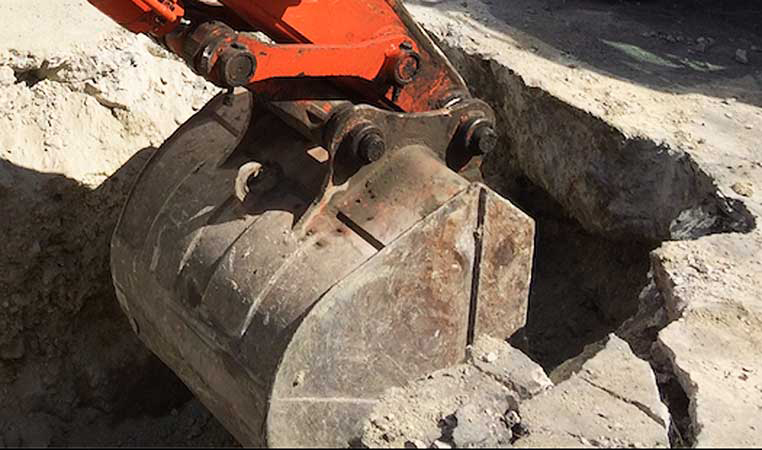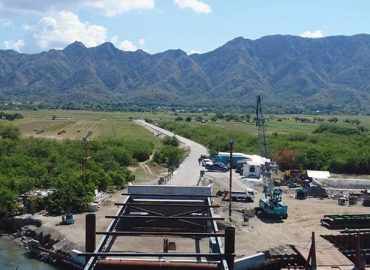By Beatrice M. Laforga, October 28 2019; Business World
https://www.bworldonline.com/economists-cite-state-spending-anchor-of-q3-gdp/
Image Credit to Business World
FASTER third-quarter gross domestic product (GDP) growth expected to be reported on Nov. 7 will bear the clear imprint of government efforts to catch up with its expenditure plan, state and private sector economists said last week, even as the increase in spending was smaller than a year ago.
Preliminary data show that the national government spent about 16.99% more at P1.04 trillion in July-September from P886.19 billion a year earlier, although the increase was smaller than the year-ago 29.61%.
At the same time, third quarter growth of state spending was a marked improvement from the 2.33% contraction in the second quarter and January-March’s nearly flat 0.78% increment.
With the 17% hike in state spending, Finance Undersecretary Gil S. Beltran, the department’s chief economist, said he expects third-quarter GDP growth to have clocked in faster than the 5.6% and 5.5% of the first and second quarters, respectively, and even be “higher” than the downward revised six percent in 2018’s third quarter.
“Q3 GDP will be high because government expenditures rose 17% year-on-year in third quarter. In September alone, growth in spending was 40%,” Mr. Beltran said in a text message last week.
The Bangko Sentral ng Pilipinas last Friday gave a 5.8-6% estimate for third-quarter GDP growth and “closer to the midpoint of the 6-7% target for the fourth quarter… because of the acceleration in government spending that will already be catching hold by that time” as well as “spending during the Christmas season.”
National Economic and Development Authority Undersecretary Rosemarie G. Edillon also said third-quarter economic expansion likely rode a “rebound” in state spending, which accounts for “about 20% of GDP.”
Sought for comment, Rizal Commercial Banking Corp. (RCBC) Chief Economist Michael L. Ricafort said government spending contributed about 13-14% to GDP in the third quarter, which likely saw expansion of about six percent.
“The latest sharp increase in government expenditures, excluding interest payments for the month of September 2019, by almost +40% year-on-year could already reflect government’s catch-up spending, especially on major infrastructure projects finally taking effect, breaking away from the lingering slowdown in government spending/underspending still seen in August,” Mr. Ricafort said in an e-mailed response to questions last week.
The Bureau of the Treasury last week reported that state spending jumped 39.01% to P415.1 billion in September alone from P298.6 billion a year ago. That was the best performance in nearly a year and a half, or since the 42.7% hike in April 2018.
INFRASTRUCTURE SPENDING
Infrastructure spending, according to preliminary data, grew around 7.65% to P234.8 billion in the third quarter from the P218.1 billion recorded in July-September last year.
Citing preliminary data, Budget Undersecretary Laura B. Pascua said on Thursday that last month’s spending on infrastructure and other capital outlays stood at P100.3 billion, picking up from August’s P59.3 billion and the P65.2 billion spent in September last year.
“For September, infrastructure and other capital outlays was P100.3 billion, up 69% from a year ago,” Ms. Pascua said.
This brought year-to-date infrastructure spending to P546.3 billion, still down 4.2% year-on-year and eight percent short of the state’s P594-billion goal for the period as reported by the Finance Secretary Carlos G. Dominguez III last week.
For Mr. Ricafort, a “sustained” catch-up spending on government’s infrastructure projects for the year will keep the six-percent full-year GDP growth target “achievable”.
Jonathan L. Ravelas, chief market strategist at BDO Unibank, said: “I think the key factor is that government starts spending and… continues the infrastructure program, but the question is how fast.”
“You’d rather have it slow as long as it’s continuous,” he said over a mobile phone interview last week.
Easing inflation to boost household spending
Despite the “slippage” in infrastructure spending, Socioeconomic Planning Secretary Ernesto M. Pernia expects easing inflation will stimulate consumer spending — which makes up about 70% of GDP — and further boost the economy.
Mr. Pernia noted that inflation rate felt by families in the bottom 30% income segment eased to 0.9% in September, marking the slowest pace in more than three-and-a-half years, and that this in turn should “further kick consumption spending.”
“There’s going to be a catch-up specially in terms of consumption spending because of much lower inflation… Inflation for the poor has really gone down. That’s going to give a further kick to consumption spending and we know consumption is about 70-75% of GDP, that’s going to make a difference,” he said in a press conference in Taguig City on Friday. — Beatrice M. Laforga


